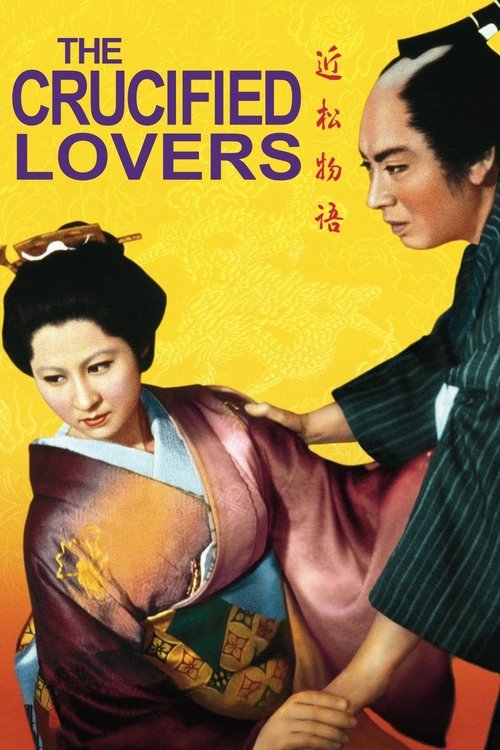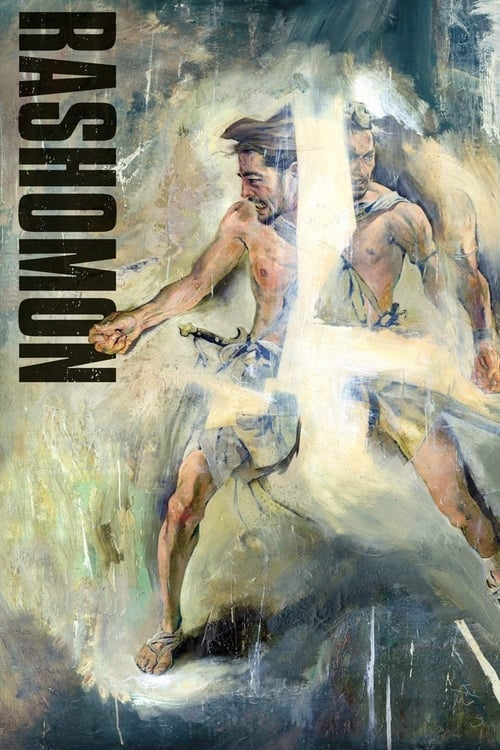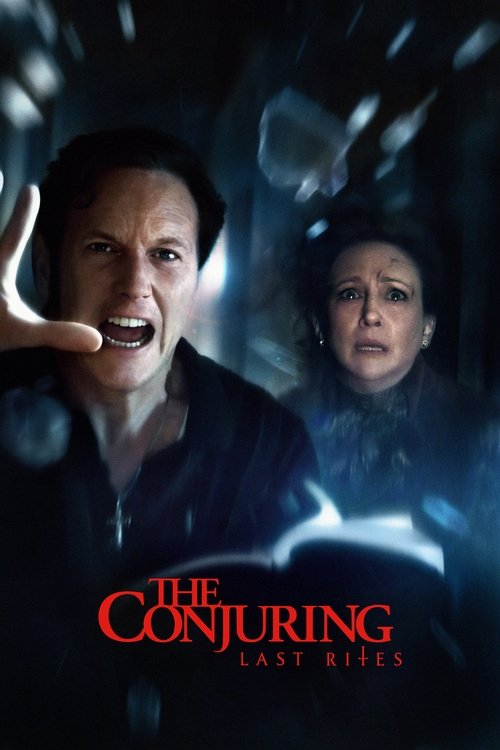
Ask Your Own Question
What is the plot?
In the turbulent 16th-century Japan, a poor farming village lies exposed and vulnerable, its barley fields ripe for harvest but its people defenseless. At dawn, a group of ruthless bandits surveys the village from a distance, their eyes gleaming with greed and menace. They plan to return after the harvest to pillage the crops, leaving the villagers destitute and broken.
The villagers, gripped by fear and desperation, decide to seek protection. Four farmers set out on a daunting journey to the nearest town to hire samurai warriors, men skilled in the art of war but now often wandering ronin--masterless samurai fallen on hard times. Their hope is slim; samurai are proud and expensive, and the villagers can offer little more than food in return.
Their search leads them to Kambei Shimada, a seasoned and wise ronin. Kambei listens calmly to their plea, his demeanor steady and unflinching despite the meager payment offered--three meals a day. He accepts the task, understanding the gravity of the threat and the villagers' plight. Kambei's decision sets the course for the village's fate.
Kambei begins recruiting other samurai to form a band of seven. First, he enlists Gorobei Katayama, his trusted and capable second-in-command, who aids in planning the village's defense. Next come Shichiroji, Kambei's old friend and fellow samurai whose loyalty is unwavering, and Kyuzo, a stoic and supremely skilled swordsman, who is introduced practicing his blade with intense focus. The cheerful and resourceful Heihachi Hayashida, a woodcutter who claims to belong to the "woodchopping school," joins, bringing levity and morale. The young and idealistic Katsushirō Okamoto, Kambei's disciple, is added after the villagers plead for his inclusion. Lastly, the group is completed by Kikuchiyo, a brash and impulsive man who initially claims to be a samurai but is revealed to be a peasant by birth. His chaotic entrance and fiery spirit stir the group, especially when he delivers a scathing speech exposing the samurai's oppression of peasants:
"But then who made them such beasts? You did! You samurai did it! You burn their villages! Destroy their farms! Steal their food! Force them to labour! Take their women! And kill them if they resist! So what should farmers do?"
Despite initial rejection, Kambei and the others come to accept Kikuchiyo as one of their own, completing the seven warriors who will defend the village.
Upon arrival, the samurai find the villagers cowering in fear, reluctant to welcome their protectors. The tension is palpable; the villagers' distrust and desperation clash with the samurai's pride and resolve. When a false alarm is raised--caused by Kikuchiyo's reckless attempt to prove himself--the villagers rush to the samurai for help, revealing their dependence and fear. Kikuchiyo rebukes them sharply, exposing the villagers' contradictory behavior and the complex social dynamics at play.
The samurai immediately set about organizing the village's defenses. They train the farmers to use weapons and build fortifications, including flooded rice fields and fences designed to slow the bandits' advance. Heihachi crafts a battle flag to rally spirits, while Gorobei helps devise strategic posts around the village. The villagers begin to transform from helpless victims into a determined, if inexperienced, militia.
Tragedy strikes early when Heihachi dies during a bandit attack. His death is mourned deeply; his funeral is a somber moment that underscores the high stakes and the cost of war. The bandits, armed with three matchlock muskets--an advanced weapon of the time--pose a deadly threat. Kyuzo ventures alone into the woods, stealthily killing two bandits and capturing one of their muskets, a daring feat that boosts the defenders' morale.
However, Kikuchiyo's envy and desire for glory lead him to abandon his post to steal another musket. Though he succeeds, his absence allows a group of bandits to infiltrate the village defenses, killing several villagers, including a young couple and the village elder. Gorobei falls defending his position, a heroic death that shakes the samurai and villagers alike.
Amidst the chaos, a tender subplot unfolds: Katsushirō and Shino, a village girl, secretly fall in love. When Shino's father discovers their relationship, he reacts violently, beating her in anger over her lost virginity. Kambei and the samurai intervene, calming the situation. Shichiroji reflects that such harshness is common before battle and urges forgiveness, highlighting the human cost and social tensions beneath the surface.
As the bandits' numbers dwindle, Kambei predicts a final, desperate assault. The samurai and villagers prepare for this climactic battle, knowing it may be their last stand.
The final confrontation is brutal and intense. The defenders allow the bandits to enter the village one or two at a time, ambushing them in narrow streets and homes. The flooded fields and fences slow the attackers, but the bandits fight with ruthless determination.
In a tense and emotional scene inside the women's hut, the bandit chief hides and kills Kyuzo with a musket shot, a devastating blow to the samurai's strength. Kikuchiyo, enraged by his comrade's death and driven by a fierce protective instinct, charges into the hut. Though he is shot and fatally wounded, he manages to kill the bandit chief before collapsing.
With their leader dead and morale shattered, the remaining bandits are swiftly overwhelmed and killed by the samurai and villagers working together. The village is saved, but the victory is pyrrhic.
In the aftermath, only Kambei Shimada, Shichiroji, and Katsushirō Okamoto survive among the samurai. The villagers celebrate with singing and planting crops, symbolizing renewal and life continuing despite the losses. Katsushirō and Shino share a final, poignant moment; she walks past him to join the planting, while he watches despondently, embodying the bittersweet cost of their survival.
Kambei, reflecting on the battle's toll and the social divide that endures, solemnly states to Shichiroji, "The victory belongs to those peasants. Not to us." They stand before the funeral mounds marking the graves of their fallen comrades--Heihachi, Gorobei, Kyuzo, Kikuchiyo--silent witnesses to sacrifice and loss.
The film closes on this somber note, a meditation on honor, duty, and the harsh realities of a world where the lines between samurai and peasant blur in the crucible of war. The seven samurai's story is one of courage and tragedy, their legacy etched into the fields they fought to protect.
More Movies Like This
Browse All Movies →What is the ending?
Is there a post-credit scene?
What motivates Kambei Shimada to lead the group of samurai?
Kambei Shimada, the leader of the seven samurai, is motivated by a deep sense of duty and honor. Initially, he is a seasoned warrior who has grown weary of the endless cycle of violence and death. When he witnesses a mother sacrificing her child to save it from bandits, he is moved to action. His compassion for the oppressed villagers and his desire to protect them from the impending threat of the bandits compel him to gather a group of skilled samurai to defend the village.
How does Kikuchiyo's character evolve throughout the film?
Kikuchiyo, played by Toshiro Mifune, is a brash and impulsive character who initially appears to be a comic relief. However, as the story unfolds, his character evolves significantly. He is revealed to be a farmer's son who has taken up the sword, embodying the struggles of the common people. His emotional outbursts and passionate speeches reflect his internal conflict between his samurai aspirations and his humble origins. By the end, he becomes a symbol of the samurai's connection to the peasantry, showcasing his growth from a reckless warrior to a more self-aware and empathetic individual.
What is the significance of the relationship between the samurai and the villagers?
The relationship between the samurai and the villagers is central to the narrative of Seven Samurai. Initially, there is a clear divide; the samurai are seen as elite warriors, while the villagers are portrayed as helpless and fearful. However, as the story progresses, this dynamic shifts. The samurai begin to understand the villagers' plight, and the villagers, in turn, learn to respect the samurai's skills and sacrifices. This evolving relationship highlights themes of cooperation, mutual respect, and the shared struggle against a common enemy, ultimately leading to a sense of unity and purpose.
What role does the character of Gorobei Katayama play in the group of samurai?
Gorobei Katayama, portrayed by Toshiro Mifune, serves as the second-in-command and a key strategist among the samurai. He is characterized by his calm demeanor and sharp intellect, often providing a counterbalance to Kambei's leadership. Gorobei's role is crucial in planning the defense of the village and training the villagers to fight. His ability to connect with both the samurai and the villagers fosters a sense of camaraderie and teamwork, making him an essential figure in the group's dynamic.
How does the film depict the bandits and their motivations?
The bandits in Seven Samurai are depicted as ruthless and opportunistic, driven by greed and a desire for power. They are shown as a formidable force, attacking the village with little regard for human life. Their motivations are primarily materialistic; they seek to plunder the village's resources without any moral consideration. However, the film also hints at a deeper societal commentary, suggesting that the bandits are products of a feudal system that leaves many in poverty and desperation. This complexity adds depth to their characters, making them more than just one-dimensional villains.















